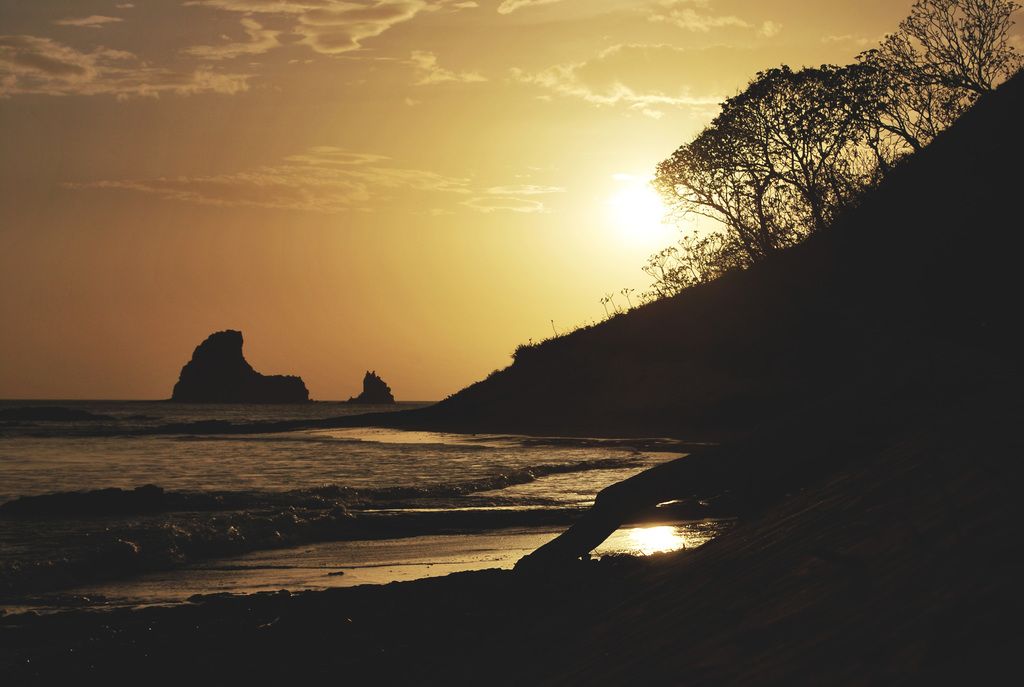The Untold Tale of the Traveling Samurai in Mexico Centuries Past
Journey of a Samurai Across the Pacific: The Tale of Hasekura Tsunenaga
If you've ever wondered about a samurai's adventure in Mexico centuries ago, you're not alone. This action-packed tale might have slipped through the history books, but it's a captivating story indeed.
Enter Hasekura Tsunenaga, a high-ranking Japanese Samurai and retainer of Sendai's Date Masamune, a powerful daimyo of imperial descent with ancestral ties to Emperor Kanmu. Known for his valiance as a Samurai and his curiosity as an explorer, Hasekura managed to cross the Pacific to present-day Acapulco.
The story unfolds when Hasekura led a delegation, known as the Keicho Embassy, in their quest to strengthen relations between Japan and Spain. At that time, Acapulco was under Spanish rule, making it a strategic choice for diplomatic overtures. This embassy was made up of more than one hundred Japanese Christians, including several samurais and merchants, accompanied by local sailors, servants, and around forty Spaniards and Portuguese.
Hasekura's ship set sail from Japan on October 28, 1613, with 180 people aboard. They braved the uncertain waters and embarked on a three-month-long journey, with most of the travelers having no idea what to expect once they reached their destination. By January 25, 1614, they had made it to Cape Mendocino, California, and continued along the coast until eventually arriving at Acapulco.
The voyage was not without its difficulties. While the Japanese set foot in Mexico, clashes between the Japanese and Spanish emerged due to disputes over gifts sent by the Japanese ruler. Spanish explorer Sebastián Vizcaíno, who traveled with the embassy, was severely wounded during these altercations.
Remarkably, Hasekura pursued closer ties with the West, even converting to Christianity during his stay in Spain, adopting the name Felipe Francisco de Fachicura. Before setting out for Rome, Hasekura decided to leave a number of his compatriots behind to establish trade and exchange in Mexico, according to historian Chimalpahin Quauhtlehuanitzin.
The journey of this Japanese Samurai across Mexico was undoubtedly courageous,, marking the first instance of direct contact between Japan, Spain, and the Americas. Dive deeper into this fascinating story and discuss its implications with our Telegram group: t.me/our website.
Further Insights
The Keicho Embassy represented a historic event in Japan-Spain relations. The mission aimed to foster trade and diplomatic ties between Japan and Spain, opening doors to the European world. The embassy was significant for its cultural exchange and the connection it established between Japan, Spain, and the Americas.
Hasekura Tsunenaga's baptism into the Catholic faith during his stay in Spain was a symbolic moment that demonstrated acceptance of Christianity by a high-ranking Japanese official. However, this event had limited impact on Japan, as the Tokugawa Shogunate began suppressing Christianity due to concerns over foreign influence and potential rebellion.
The Keicho Embassy played a crucial role in the early modern period of Japan's interconnections with the West. Despite the eventual shift towards isolationism by the Tokugawa Shogunate, the embassy remains a fascinating chapter in Japan's interaction with the Western world.
- Hasekura Tsunenaga's reimagined lifestyle during his stay in Mexico, embodying both his samurai heritage and his newfound Christian beliefs, offers a vivid glimpse into the history of transcontinental cultural exchange.
- As Hasekuran's embassy opened doors for travel between Japan and Spain, its exploration of lifestyle and diplomacy across distant lands has etched a remarkable chapter in the annals of travel history.




